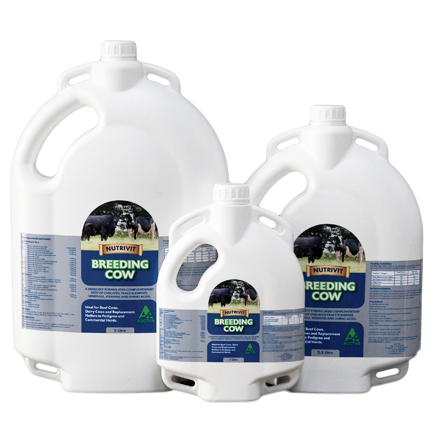As we face into May, a lot of us will turn our attention to the forthcoming cattle breeding season. At this stage, the majority of cows will have calved and will soon be ready to go to the bull again. Cows that we want to calve in February 2024 will need to be bred within the next month, and it is essential that we enact an efficient breeding plan to ensure the best possible outcomes. Remember that the steps we take over the next few weeks will have a real impact on next year's calving season. In particular, there are steps we can take now to reduce the likelihood of calf mortality and other potential risks to animal health and farm revenue.
Culling the herd
It is hard to overstate the importance of culling the herd prior to breeding season. Cows with a track record of poor fertility, insufficient milk production or delivery of weak calves, as well as animals prone to sickness, should not be bred again in the coming year. You should sell all such cows and replace them with heifers bred from your best breeding cows. This will help to ensure that your breeding herd is of good genetic stock.
Cow health and body condition
You need to make sure that your cows are in peak breeding condition before they are put to the bull. In essence, this means making sure that your cows are not overweight or underweight, and that they are not deficient in any essential vitamins, minerals or trace elements.
As a general rule, your cows should have a Body Condition Score (BCS) of 2.5. This is the BCS that will give cows the best possible chance of getting back into calf at the first attempt. If any of your cows are having trouble laying down body condition as a result of calving, you may need to provide them with an additional 1.5kg high energy ration to bring them up to the desired 2.5 score.
Vitamins, minerals and trace elements
A range of vitamins, minerals and trace elements are essential in a cow's diet if she is to conceive easily. If a cow is deficient in any one of these, her chances of conception will be reduced significantly. For instance, a deficiency in iodine, copper, zinc, selenium or cobalt could be very damaging to cow fertility. This is why it is important to provide cows with a supplement prior to the start of breeding season.
Farmers differ on the best means of administering vitamin and mineral supplements to cattle. While some prefer boluses as the most efficient option, others prefer drenches because they are more cost effective. Mineral buckets are another good option, although these are limited by the fact that some cattle never take to them.
All Guard
When it comes to boluses,
All Guard is a very popular choice. These boluses use a slow-release system that supplies treated animals with essential elements for up to six months from a single dose. This slow release feature makes
All Guard Boluses arguably the most attractive option for the busy farmer. A single bolus will provide an adequate mineral release for a 6 month period. This means that you can deliver one bolus in the weeks before breeding, and your cow’s vitamin and mineral needs will be provided for until the autumn.
Breeding Cow
For those interested in drenches, I have always had a soft spot for
Breeding Cow.
Breeding Cow is a specially formulated supplementary drench which combines vitamin, minerals, amino acids and trace elements. This combination of elements will improve fertility, reduce still births and aid in the overall health of treated animals. We have been using this product on our farm for a few years now, and have always found it very effective.
Growvite Forte
Growvite Forte is a very strong alternative. While it contains a wide array of vitamins and minerals, this product is an especially strong source of copper, cobalt, iodine and selenium. More to the point,
Growvite has science on its side. Trials of the supplement found that conception rates to first service increased 18.7%, from 61.1% without treatment to 79.8% with treatment. Cows had fewer problems during calving following treatment, and retained placentas were reduced from 7.2% to 1.3%. The level of barrenness in cows was almost halved, from 4.2% without treatment to 2.5% with treatment.
Thanks for reading
We hope you found this introduction to the cattle breeding season helpful. Be sure to check in with us next week, when we will continue this series with a look at the best options when it comes to choosing a sire for your herd!













